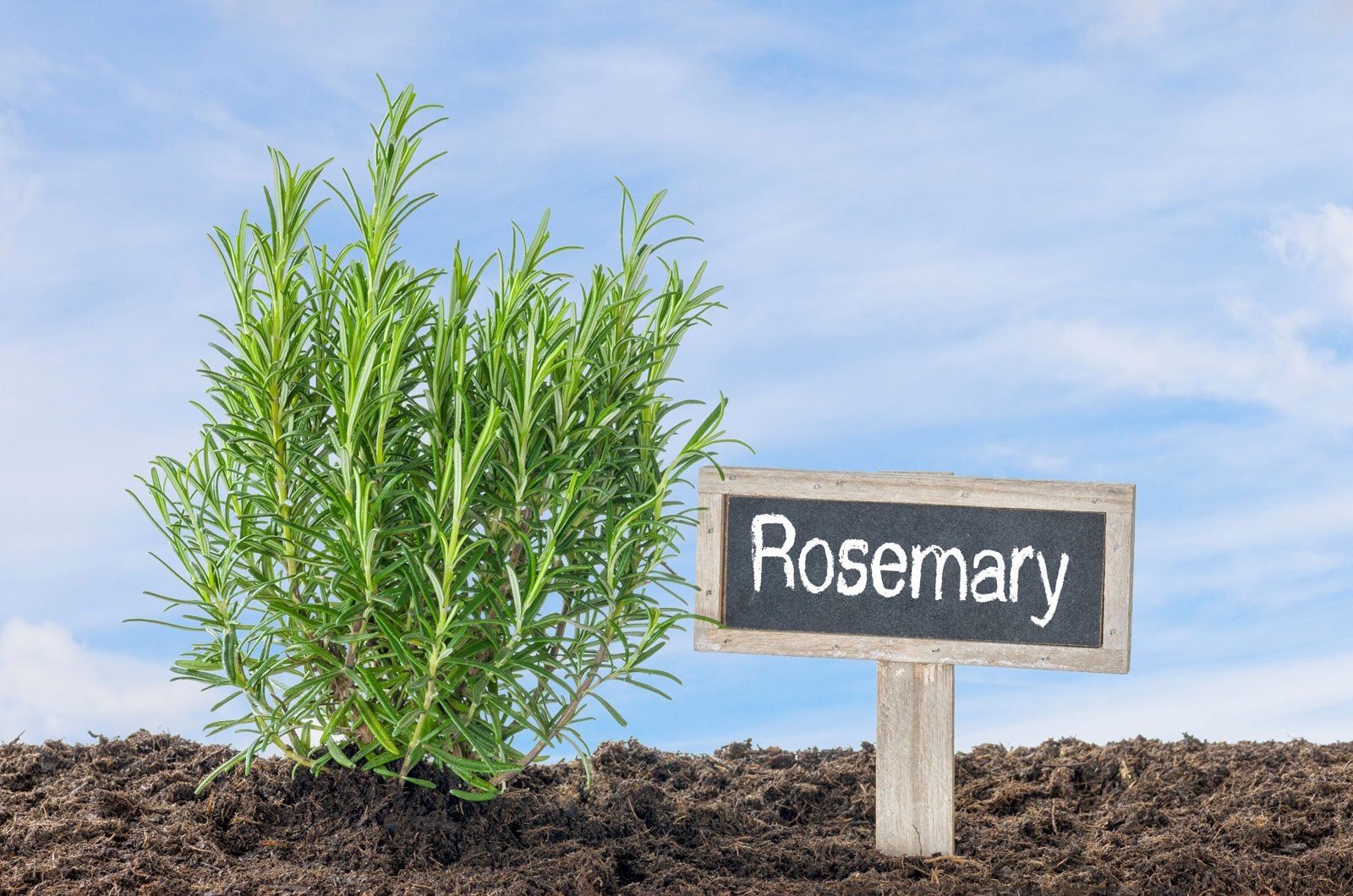Drought Tolerant Herbs: How To Grow Drought Hardy Herbs


Scientists assure us that the earth is just going to keep getting warmer and all evidence seems to clarify this point. With this in mind, many gardeners are looking for solutions to minimize water usage by seeking out plants that thrive with less irrigation. Growing a drought tolerant herb garden is an ideal partnership. How to grow drought hardy herbs and which culinary herbs resist drought? Read on to learn more.
How to Grow Drought Hardy Herbs
The good news about growing drought tolerant herb gardens is that many herbs hail from the Mediterranean, a region of inhospitable, rocky land that is hot and dry. Over time these plants have evolved into sturdy heat lovers that require minimal irrigation for survival. Additionally, herbs require no fertilization, especially if the garden plot has been properly prepared prior to planting, making them the perfect useful, yet unfussy, choice for a low water garden. To ensure the success of a garden of drought tolerant herbs, a little soil amendment goes a long way. Drought tolerant herbs are by necessity tough, resistant to most diseases and pests, but as with most plants they will do best in soil laden with micro-nutrients. Adding compost to the soil will ensure that the plants are able to uptake valuable nutrition as well as providing well-draining soil. Even with a global warming trend, there are times of heavy rains and herbs do not typically like “wet feet.” Dig in 30 to 50% organic compost, sand and other amendments into the soil, especially if it is clay, to allow for root aeration and drainage. If you live in an area that, regardless of warming trends, has frequent wet weather and/or high humidity levels, growing a drought tolerant herb garden may be a bit more of a challenge. Raise the bed to facilitate drainage along with amending the soil. Also, space the herbs out when planting them. This will help you avoid root rot, powdery mildew, and other fungal diseases that prevail in damp conditions. Mulch the bed after you plant. Mulching will prevent water from collecting on the leaves as well as aiding in weed retardation.
Culinary Herbs that Resist Drought
There are many culinary herbs, but not all of them tolerate drought or low water conditions. That said, many of the most commonly utilized for food preparation are indeed drought tolerant.
- Garlic chives – Garlic chives (Allium tuberosum) are an excellent choice for the low water garden. They have a slight garlicky flavor and are delicious in just about everything. They also have lovely pompom lilac-colored blooms. If you allow them to bloom, however, keep in mind they self-sow at the drop of a hat.
- Onion chives – Onion chive (Allium schoenoprasum) is also a great choice for a culinary herb that resists drought. These chives are more onion-like in flavor. The blossoms from this chive (and the garlic chive) can be eaten or used for garnish.
- Lavender – Lavender (Lavandula angustifolia) is another excellent choice with a number of varieties to choose from and lovely purple to light purple blossoms great for sachets or potpourris.
- Lovage – Levisticum officinale, or lovage, has a strong, sweet to salty celery-like flavor. Use this herbaceous perennial in soups and stews or the young stems in salads.
- Oregano – Greek oregano, as its name suggests is native to the Greek Isles and a perfect match for the low water garden. Its name means “joy of the mountain” from the Greek oros (mountain) and ganos (joy). Wonderful used fresh in culinary masterpieces or dried as well, oregano has medicinal qualities used as an antiseptic, an anti-bacterial and anti-fungal.
- Rosemary – Rosemary is nearly indestructible and is perfect in a drought tolerant garden. Over time, rosemary can grow quite large if not restrained by pruning. It can also make an aromatic hedge and does very well in rocky soils.
- Sage – Sage is another contender. Salvia officinalis is a hardy perennial sub-shrub. There are several varieties, all of which can be used fresh or dried. Many of the sage varieties have lovely blossoms as well.
- Thyme – Thyme is another good choice with some varieties excellent groundcovers. Dry soil actually concentrates the aromatic oils in thyme and it thrives in rocky conditions.
Divide perennial herbs every few years to renew the vigor of the plant. Other than that, herbs are simple to grow and, in many cases, the more you ignore them the healthier they seem to get. Herbs are not only drought tolerant but disease and pest resistant, and the perfect plants for the novice or lazy gardener.
Gardening tips, videos, info and more delivered right to your inbox!
Sign up for the Gardening Know How newsletter today and receive a free copy of our e-book "How to Grow Delicious Tomatoes".

Bonnie Grant is a professional landscaper with a Certification in Urban Gardening. She has been gardening and writing for 15 years. A former professional chef, she has a passion for edible landscaping.
-
 Moody Blooms For Spring: 8 Types Of Black Flowers To Add Drama To Spring Displays
Moody Blooms For Spring: 8 Types Of Black Flowers To Add Drama To Spring DisplaysFrom midnight burgundies to inky violets, several types of black flowers can enrich and embolden a spring display. Try these brooding bloomers for a moody garden
By Tonya Barnett
-
 Can Snake Plants Live Outside? Everything You Need To Know For Snake Plants Al Fresco
Can Snake Plants Live Outside? Everything You Need To Know For Snake Plants Al FrescoSnake plants can live outside given the right conditions, but be careful that they don't take over! Learn the best way to use snake plants in your landscape.
By Mary Ellen Ellis